WEEDS (SOME GOOD)
Anti-Weed Tools
Recently sown vegetable seeds that have sprouted are growing slowly; weeds and lawn are growing fast. Give weeds an inch, and they’ll take a mile. Ignore growing lawngrass, and soon you’ll need a tractor or a scythe to cut it down to size.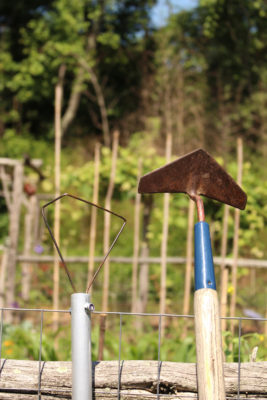
But few people ignore their lawns. Dealing with the growing grass is straightforward: You get out the lawnmower and go back and forth or round and round until every grass blade has been sheared.
Weeding demands more thought, technique, and intimacy with vegetation. Different weeds and different settings call for different approaches. In a vegetable garden, a hoe might be the tool of choice. My choices for hoes are the winged weeder, with a sharp blade that runs parallel to the ground surface and just slightly below ground in use, and the wire weeder, whose wire performs similarly.
Mostly, though, I don’t need or use a hoe in my “weedless” (actually, “weed-less”) vegetable garden. Weeds are few enough and the soil is soft enough so that all that’s necessary is to bend over and pull out a weed, tops and all. Tap-rooted weeds, such as dandelion, need coaxing out with the aid of a trowel or hori-hori knife. That coaxing also helps lift a quackgrass plant gently enough to allow following its subterranean runner as far as possible until it breaks.
Along garden edges, my half-moon edger is very good at scouring out a dry moat that stops weed. Problem is that my garden has a lot of edges. And furthering the problem, any edges neglected for more than a couple of weeks during a spell of good growing conditions puts that edge back to square one.
Fire and Acid
Just outside the glass sliding doors of my living room is a brick terrace that makes a nice take-off point to a short expanse of lawn and then, through an arbor, into the main vegetable garden. Or, turning, south, towards the greenhouse and meadow. You’d think that the brick surface of the terrace would be maintenance- and weed-free. Not so.
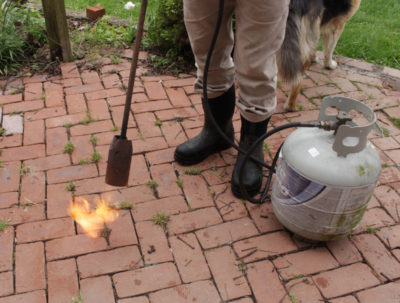 It’s a tribute to the tenacity of weeds how they manage to take root or sprout, and then thrive, in the small openings between adjacent bricks. Even in the small cracks between the bricks and the masonry wall of the house. Some of those “weeds” are actually welcome there — such as the wild columbines that send up thin stalks at the ends of which hover orange and yellow blossoms whose rear-pointing spurs gives the flowers the appearance of flaming rockets.
It’s a tribute to the tenacity of weeds how they manage to take root or sprout, and then thrive, in the small openings between adjacent bricks. Even in the small cracks between the bricks and the masonry wall of the house. Some of those “weeds” are actually welcome there — such as the wild columbines that send up thin stalks at the ends of which hover orange and yellow blossoms whose rear-pointing spurs gives the flowers the appearance of flaming rockets.
Still, most of those weeds have to go. Pulling them out individually would be too tedious, and takes with them what little dirt or rock dust lies between the bricks. So I torch them, instead. A small, hand-held torch would be effective, but slow. I use the appropriately named Dragon Weeder, whose 3-inch diameter nozzle attaches, via a 10-foot long hose, to a 20 gallon propane tank. Fire roars out of this dragon’s mouth like a jet engine, and all that’s needed is a quick pass. No need to set plants on fire; just heat them enough to burst their cells. And this wet day is ideal to reduce the risk of fire spreading.
Equally effective for an expanse like my terrace is to burn foliage with vinegar. Household vinegar, straight up (5 or 6% acetic acid), does the trick as long as the temperatures are above 70°F. Effectiveness is increased if 2 tablespoons per gallon of canola oil and 1 tablespoon per gallon of liquid soap is added to the vinegar, and if vegetation is not so large as to cause “shadows” where lower vegetation gets bypassed.
Either fire or vinegar kills only the tops of plants. Roots might have sufficient stored energy to send up new sprouts, so treatments must be repeated until roots have used up all their energy.
Weed Food
Corn salad is considered a weed in Europe. It’s borderline weedy in my garden, with its tufts of greenery clustering near the foot of some of my vegetable beds and occasionally elsewhere.
No need to hoe it, hori-hori it, torch it, or vinegar corn salad. I let it be, even coax it along, in some areas, and weed it out in others. Corn salad and I can maintain this congenial relationship because I like to eat it.
The same can be said for Good King Henry, another European import that could take over my garden if given free rein. It’s a relatively unknown relative of more familiar edibles like lamb’s-quarters (Chenopodium album), epazote (C. ambrosioides), and quinoa (C. quinoa), and, to me, the best-tasting of the lot. Even if you didn’t like the flavor of Good King Henry, you couldn’t help loving its botanical name, C. bonus-henricus. Eat it and weed.


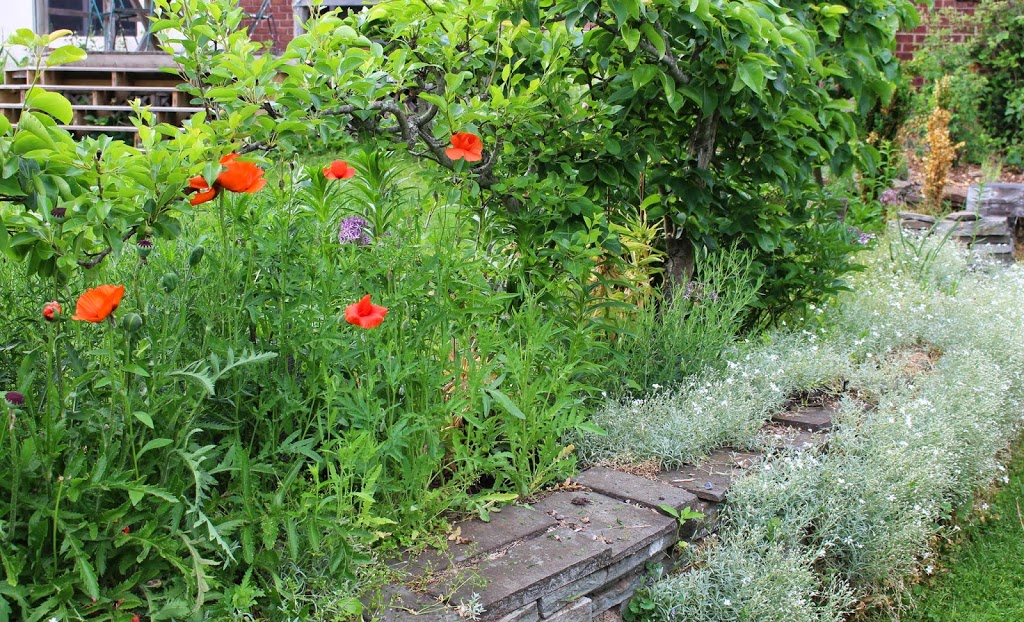
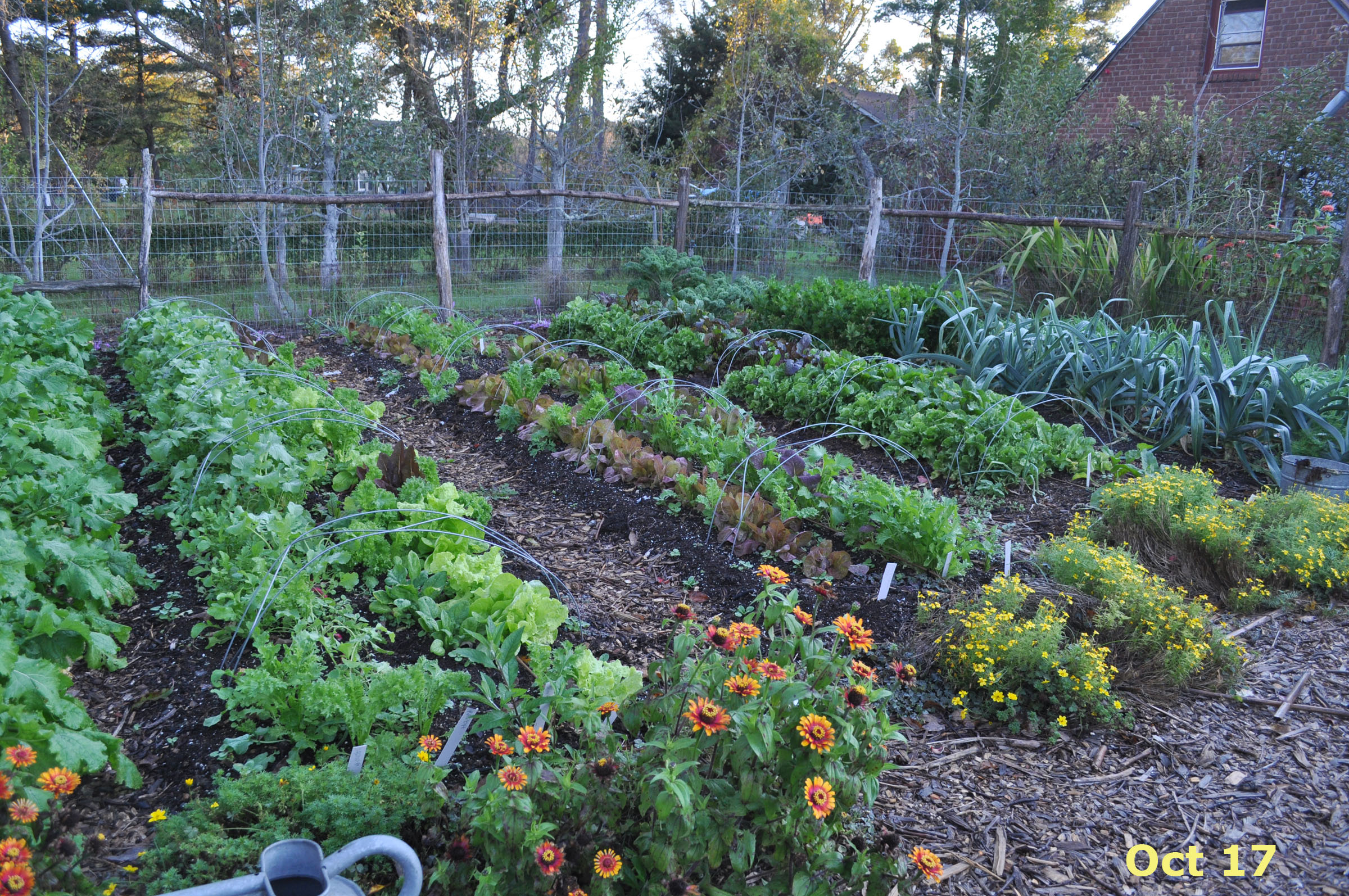
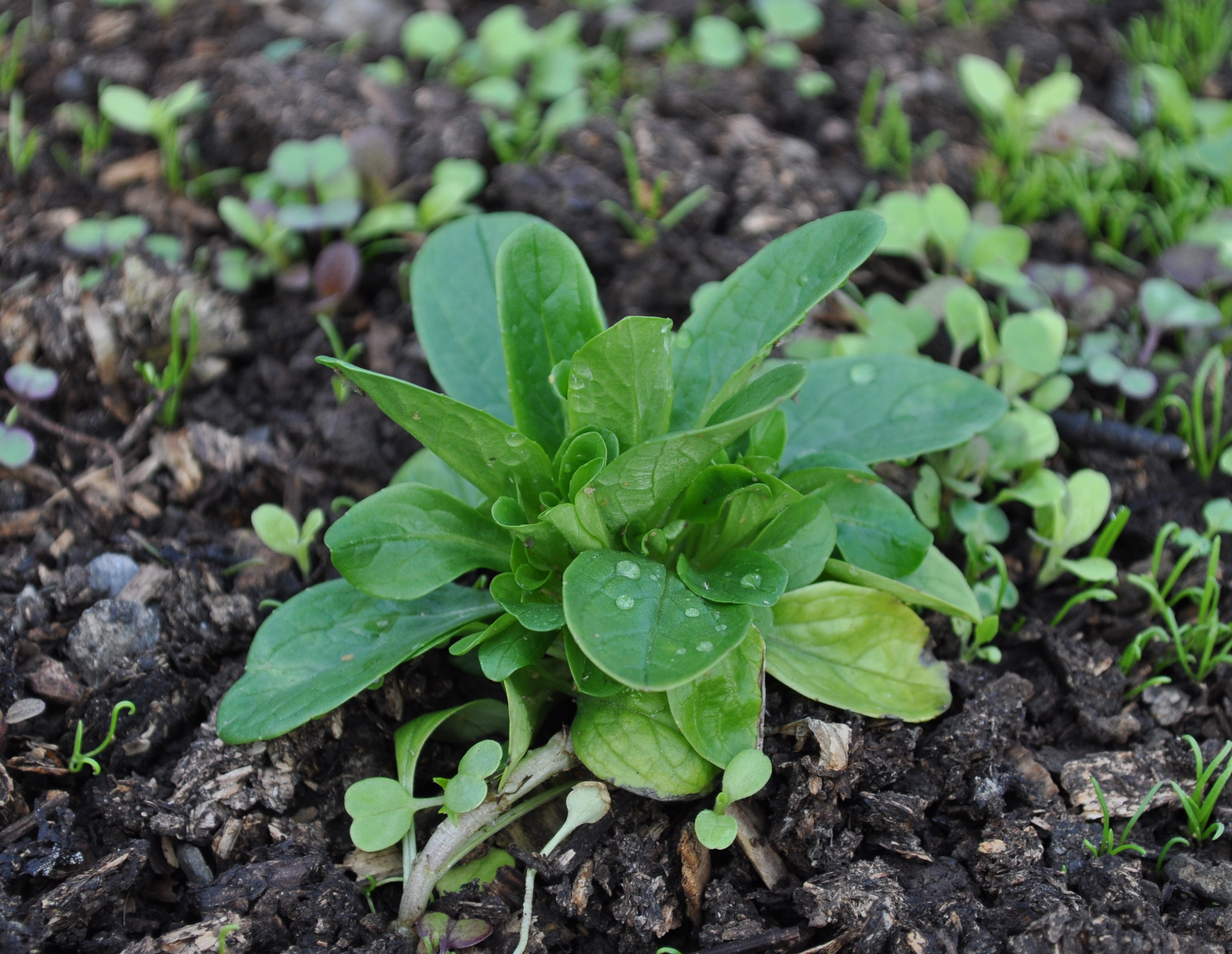

Hi Lee. Could you post a picture of Good King Henry? Thanks.
This is a great article. It gave me the motivation I need to get out to my veggie garden today and feel that the task at hand is manageable! I will think about investing in a dragon weeder. Thank you!